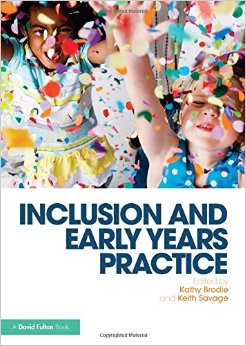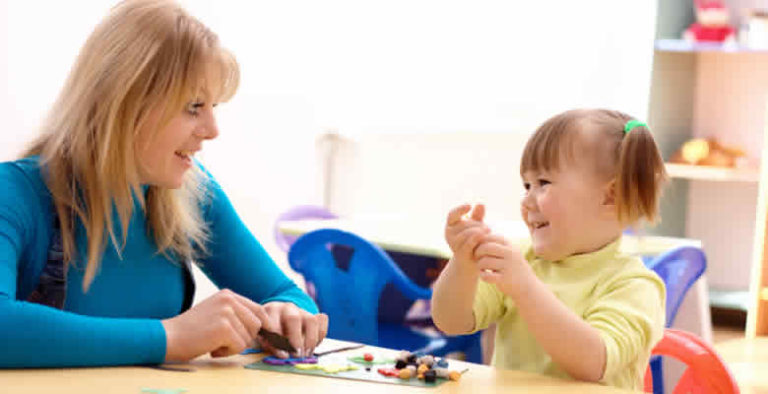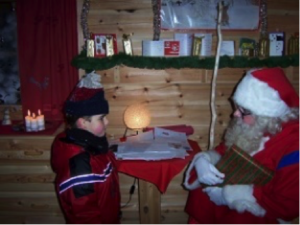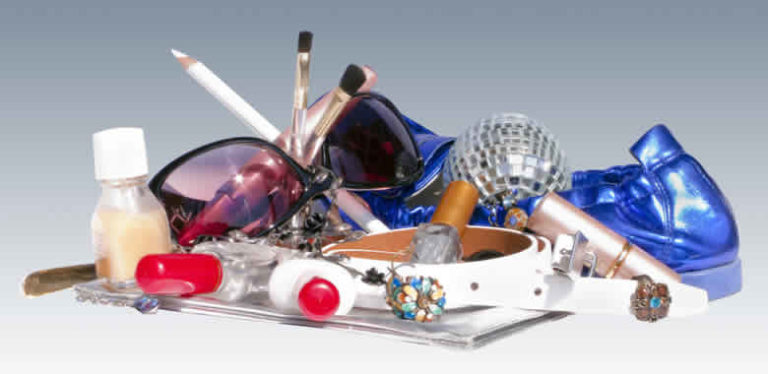If you do a course about special educational needs with me, you’ll find that it isn’t too long before I suggest that all resources you use the children with SEN are good for children who do not have SEN.
A good case in point was recently, on our accredited course, we had a very knowledgeable and experienced teacher come to talk to us about her work with children who have SEN. By the end of the 3 hours there was no doubt left in my mind that good practice with children who have SEN is good practice for all. Let me give you a few examples to show you what I mean:
Two-way communication with parents, families and carers. For a child with SEN this is an essential part of the practitioners work. Without good communication joint targets cannot be realistically set. Hospital appointments, speech and language therapy, physiotherapy and the myriad of different professionals that a child may see, need coordinating effectively.
For the child who does not have SEN, good communication is still very important. And it is essential that this communication is two way. By this I mean that the parents offers information and the practitioner offers information and between them this becomes greater than the sum of the whole.
For example, an activity may well benefit from a parent coming in and demonstrating their skills. Without good communication or understanding of the parents abilities, this would not happen.
Describing emotions. For a child who has difficulty communicating with speech or finds it difficult to make sense of the world around them, it is essential that the practitioner gives them the tools to express their emotions. This may be an emotions board or a picture exchange system.
This is just as important for the child who does not have SEN. Giving a child the ability to express their emotions can reduce behaviour problems and frustration for the child. It has also been shown in research that children who have better emotional intelligence, or the ability to express emotions effectively, do much better later on in life (Goleman, 1996).
Other elements of good practice are as simple as having the right equipment for a child who has SEN. For example, having a calm space where child can retreat to if it’s just getting all too much for them. This could be as simple as a curtained off area in the corner with a few comfy cushions.
Or, for the child who has a visual impairment, using bubblewrap or the rough side of Velcro along the edge of the wall can help them move around the setting more easily. Different textured materials can be used on the handles of different doors, so children know where they are going.
One idea which I particularly like, is having a colour and a smell of the day. For example, Monday could be orange. This would be demonstrated using an orange piece of material and an orange scent spray in the entrance hall.
When children first enter the setting they will know immediately that it is Monday because they can smell orange and they can see the orange fabric up. Similarly each day will have a different smell and a different colour. Others which could be used are lime, strawberry, apple, peach, cherry, lemon, cinnamon and vanilla. Or whatever takes your imagination!
Another excellent idea is using objects of reference rather than pictures on the outside of storage boxes and for the day’s timeline. Objects of reference are objects which are representative of the pieces in the box. For example instead of putting the word Lego, or putting a picture of Lego, on the outside of a box, you could superglue a piece of Lego on the outside of the box.
This is particularly good for children who have difficulty interpreting pictures or who may have a visual impairment. But it is also an excellent visual clue for other children.
This could be extended to the day’s timeline. Instead of having pictures for snack time or playing outside for example, you could attach a a plastic cup for snack or a laminated leaf for playing outside. This can often be more meaningful for children who have difficulty in understanding pictorial representation.
You could involve the children and have them choose what object they would like to have represent different activities during the day.
You will see that most of these ideas cost very little, if anything at all, but have great benefits for the children in your care. By embedding these good practices into the setting, you will be prepared when a child who does have SEN joins you. This will ease the transition into your setting, and demonstrate professionalism in your working practices.
Goleman, D. (1996) Emotional Intelligence: Why it can matter more than IQ. London: Bloomsbury Publishing
For our US audience, you can find the Cerebal Palsy Toolkit from Levin & Perconti here: https://www.levinperconti.com/birth-injury/cerebral-palsy/guide-toolkit/

 When Keith Savage and I were initially approached to write a book on Inclusion in the Early Years sector, the first thing we discussed was how to manage such an enormous topic. How could you possibly cover all facets of such a complex and emotive subject?
When Keith Savage and I were initially approached to write a book on Inclusion in the Early Years sector, the first thing we discussed was how to manage such an enormous topic. How could you possibly cover all facets of such a complex and emotive subject?





